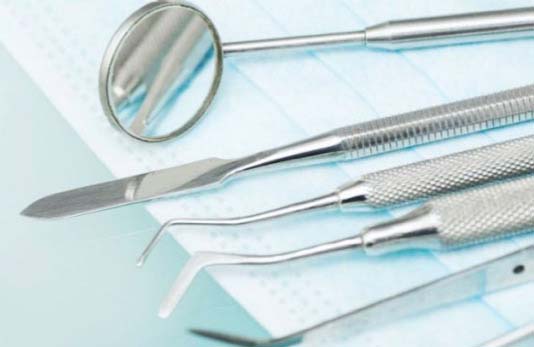The right way to floss

How important is flossing? According to the Academy of General Dentistry (AGD), flossing is the single most important weapon against plaque.
Floss removes plaque and debris that sticks to teeth and gums, polishes tooth surfaces and controls bad breath. By flossing your teeth daily, you increase the chances of keeping them for a lifetime and decrease the chances of getting gum disease.
Most people cite lack of time as a reason for not flossing. However, flossing even two or three times a week has benefits and is far better than not flossing at all.
Choosing your floss
Whether waxed or unwaxed, flavored or unflavored, wide or regular size, floss of any type helps clean and remove plaque. Here are some tips about the characteristics of different types of flosses:
- Wide floss. Also known as dental tape, this floss may be a better choice if you have bridgework. Dental tape is also recommended if you have wider-than-average space between your teeth.
- Waxed floss. This floss can be easier to slide between closely spaced teeth.
- Unwaxed floss. This floss will squeak against cleaned teeth, indicating plaque has been removed.
- Bonded unwaxed floss. This kind of floss does not fray as easily as regular unwaxed floss but does tear more than waxed floss.
Which type you use depends upon your mouth, personal preference and dentist's recommendation.
Some people substitute water picks, which shoot jets of water between the teeth, for flossing, but that's not always a good idea. Unlike flossing, water picks do not remove plaque. They are effective if you have orthodontic braces, which may retain food in areas a toothbrush cannot reach.
How to floss
- Break off about 18 inches of floss, and wind most of it around one of your middle fingers.
- Wind the remaining floss around the same finger of the other hand. This finger will take up the floss as it becomes used.
- Hold the floss tightly (without any slack) between your two hands, with about an inch of floss between them. Guide the floss between your teeth using a gentle sawing motion.
- When the floss reaches the gumline, curve it into a C-shape against the tooth. Gently slide it into the space between the gum and the tooth until you feel resistance.
- Hold the floss against the tooth. Gently scrape the side of the tooth, moving the floss away from the gum.
Repeat this technique on all of your teeth, including the teeth in back.
Last updated October 12, 2021
Related articles:
The oral health information on this website is intended for educational purposes only. Always consult a licensed dentist or other qualified health care professional for any questions concerning your oral health.


